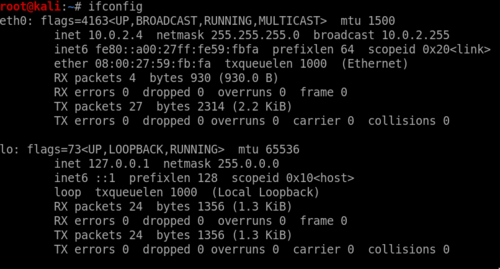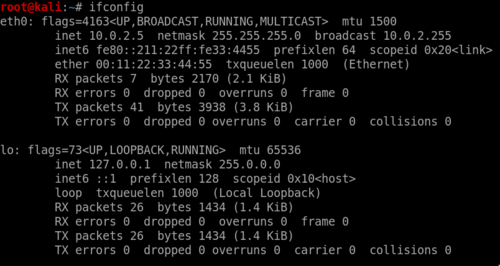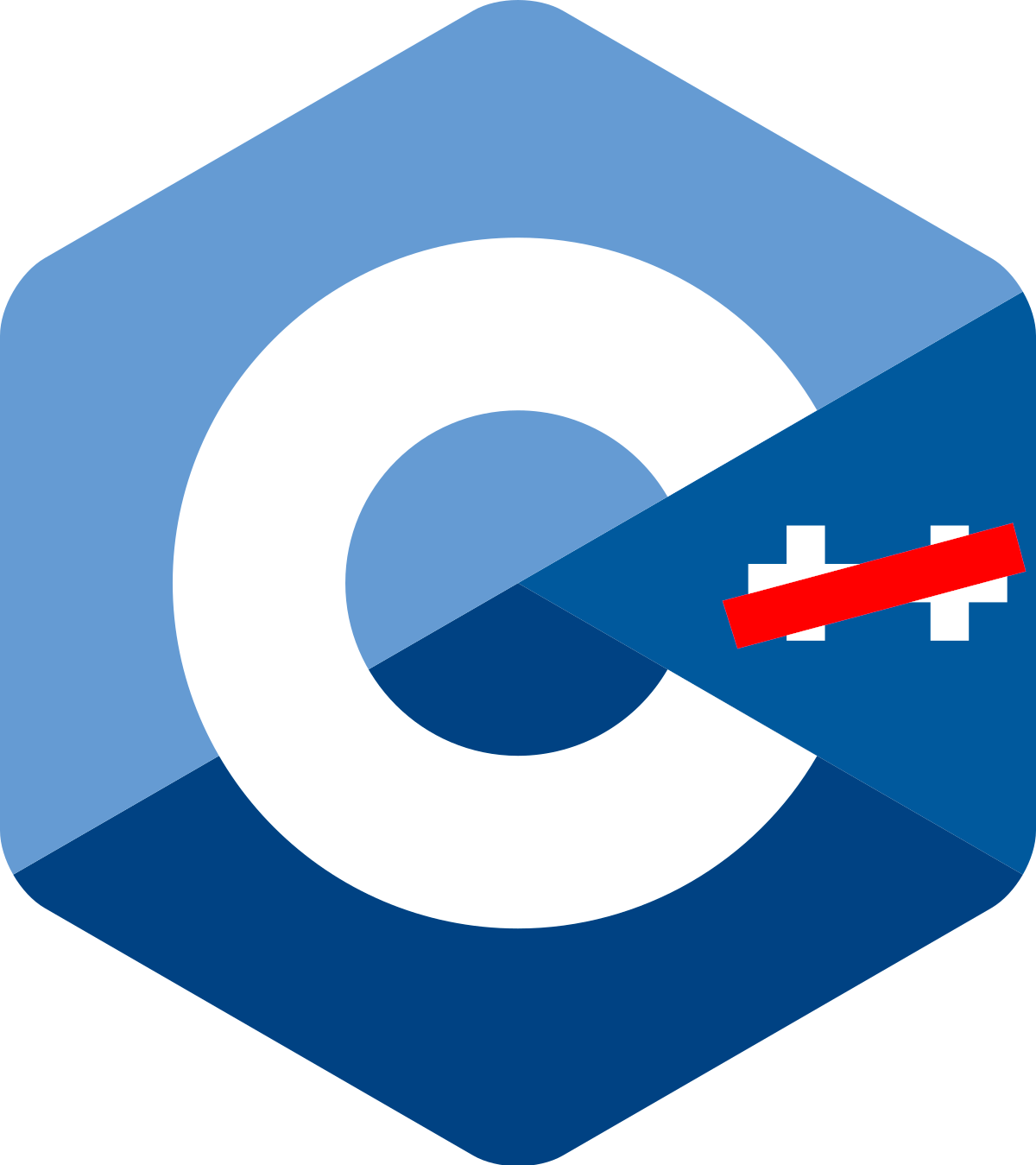I'm currently working on refactoring the FFI implementation for the Rebel Game Engine. It was previously written using the Bind chicken egg but I wanted to have more control over the implementation by using the low level foreign functions.
To help me better understand I made some examples that has the basic FFI implementations that I'll be needing for my project.
foreign-lambda example
Let's say we have a structure Vec3 and a function Vec3Create that we want to access from chicken-scheme.
typedef struct Vec3 {
float x;
float y;
float z;
} Vec3;
Vec3* Vec3Create(float x, float y, float z)
{
Vec3* v = (Vec3*)malloc(sizeof(Vec3));
v->x = x;
v->y = y;
v->z = z;
return v;
}
We could use foreign-lambda to bind to the function:
(define vec3_create
(foreign-lambda
(c-pointer (struct "Vec3")) ; Return type, a pointer to a struct object of Vec3
"Vec3Create" ; Name fo the function
float float float)) ; The three parameters (x,y,z) to pass to the function
This would allow us to call the vec3_create function like so:
(vec3_create 1.1 2.2 3.3)
foreign-lambda* example
Let's bind another C function Vec3Print.
void Vec3Print(Vec3 v)
{
printf("Vec3 to print: (%f, %f, %f)\n", v.x, v.y, v.z);
}
We could also use foreign-lambda* (Notice the asterisk). This is similar to foreign-lambda but accepts C code as a string.
(define vec3_print
(foreign-lambda*
void ; The return type
(((c-pointer (struct "Vec3")) a0)) ; The parameter to pass, a pointer to a Vec3 object
"Vec3Print(*a0);")) ; The C code in string from
; Vec3Print accepts a non pointer, we dereference it
(vec3_print (vec3_create 1.1 2.2 3.3)) ; Creates a vec3 and prints it
Inline C code in foreign-lambda*
Here's another example using foreign-lambda*. This time there is no predefined C function, but instead we define the code inside the lisp function's body.
(define vec3_zero
(foreign-lambda*
(c-pointer (struct "Vec3"))
() ; Empty variables
"Vec3* v = (Vec3*)Vec3Create(0.0f, 0.0f, 0.0f);
C_return(v);")) ; Instead of "return", we use "C_return".
(vec3_print (vec3_zero)) ; Calls vec3_zero and prints the returned Vec3
Note that due to obscure technical reasons C_return must be used instead of return when returning a value. More info about this here.
Free-ing Vec3 pointers
Since Vec3Create allocates memory for a Vec3 struct using malloc, it's a good idea to free this when we are done using it. To do this we could bind a function to free.
(define free (foreign-lambda void "free" c-pointer))
(let ((v (vec3_zero)))
(vec3_print v)
(free v))
Setting up getters and setters
If we want to have access to variables of a struct object. We could do something like this:
(define vec3_x
(foreign-lambda*
float
(((c-pointer (struct "Vec3")) a0))
"C_return(a0->x);"))
(display (vec3_x (vec3_create 8.8 8.8 8.8)))
Now this is fine but it'll be a pain to specify an accessor for every variable. A better solution is to use the foreigners egg which allows the use of macros that will make our lives easier.
(import (chicken foreign))
(import foreigners)
;; Set up the accessors for Vec3 struct
(define-foreign-record-type (vec3 Vec3)
(float x vec3_x vec3_x!) ; vec3_x is a getter, vec3_x! is a setter
(float y vec3_y vec3_y!)
(float z vec3_z vec3_z!))
(let ((v (vec3_create 4.4 5.5 6.6)))
(display (vec3_x v)) ; Display value of x
(newline)
(vec3_x! v 7.7) ; Set x to 7.7
(display (vec3_x v)) ; Display value of x
(newline)
(free v))
Binding enums
The foreigners egg also allows for the binding of enums using define-foreign-enum-type. Say we have an enum declaration Keys.
enum Keys {
UP = 0,
RIGHT = 1,
DOWN = 2,
LEFT = 3
};
:::scheme
(define-foreign-enum-type (keys int)
(keys->int int->keys)
((up keys/up) UP)
((right keys/right) RIGHT)
((down keys/down) DOWN)
((left keys/left) LEFT))
(display keys/right)
(display keys/down)
These are the basic FFI implementations that I have explored. It should be enough for most uses. The example project with working code can be found on Github.
Also, check out the chicken-bind egg, it already has all of the code above conveniently in one package. If you don't need full control and just want a simple FFI solution then this is what you need.


